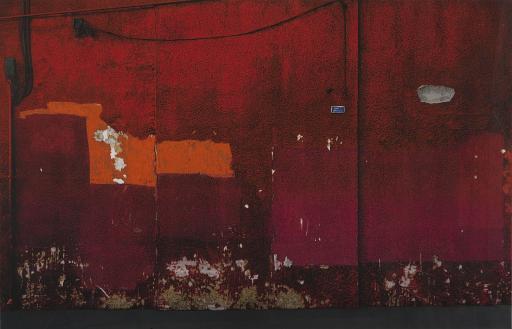Aka no kabe (Red Wall), Hodaka Yoshida
Artwork Overview
Hodaka Yoshida, artist
1926–1995
Aka no kabe (Red Wall),
1992
Where object was made: Japan
Material/technique: woodcut; photo intaglio
Dimensions:
Image Dimensions Height/Width (Height x Width): 1115 x 1720 mm
Image Dimensions Height/Width (Height x Width): 43 7/8 x 67 11/16 in
Sheet/Paper Dimensions (Height x Width): 1205 x 1805 mm
Sheet/Paper Dimensions (Height x Width): 47 7/16 x 71 1/16 in
Frame Dimensions (Height x Width x Depth): 48 1/4 x 72 1/4 x 1 in
Image Dimensions Height/Width (Height x Width): 1115 x 1720 mm
Image Dimensions Height/Width (Height x Width): 43 7/8 x 67 11/16 in
Sheet/Paper Dimensions (Height x Width): 1205 x 1805 mm
Sheet/Paper Dimensions (Height x Width): 47 7/16 x 71 1/16 in
Frame Dimensions (Height x Width x Depth): 48 1/4 x 72 1/4 x 1 in
Credit line: Museum purchase: R. Charles and Mary Margaret Clevenger Fund
Accession number: 2008.0042
Not on display
If you wish to reproduce this image, please submit an image request




